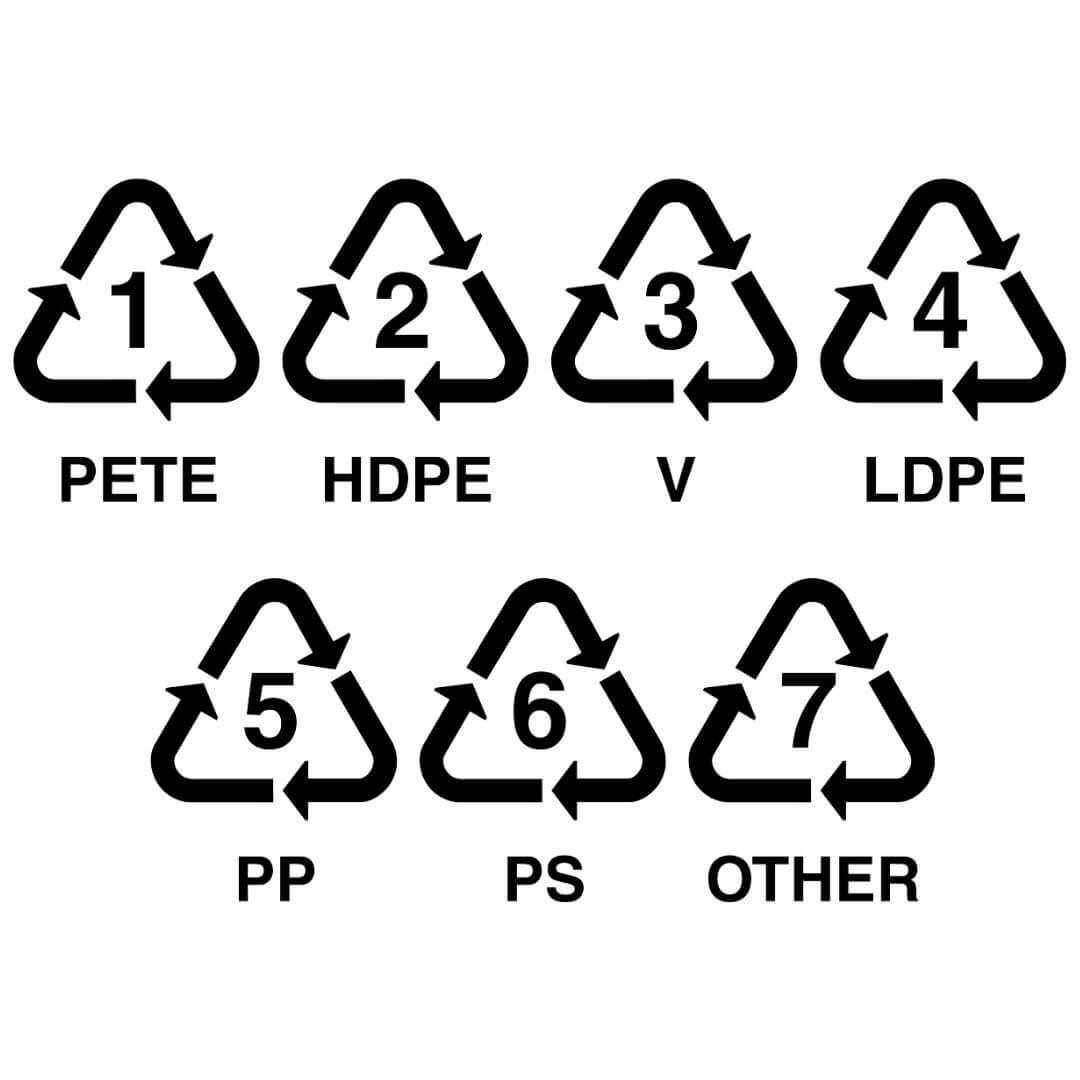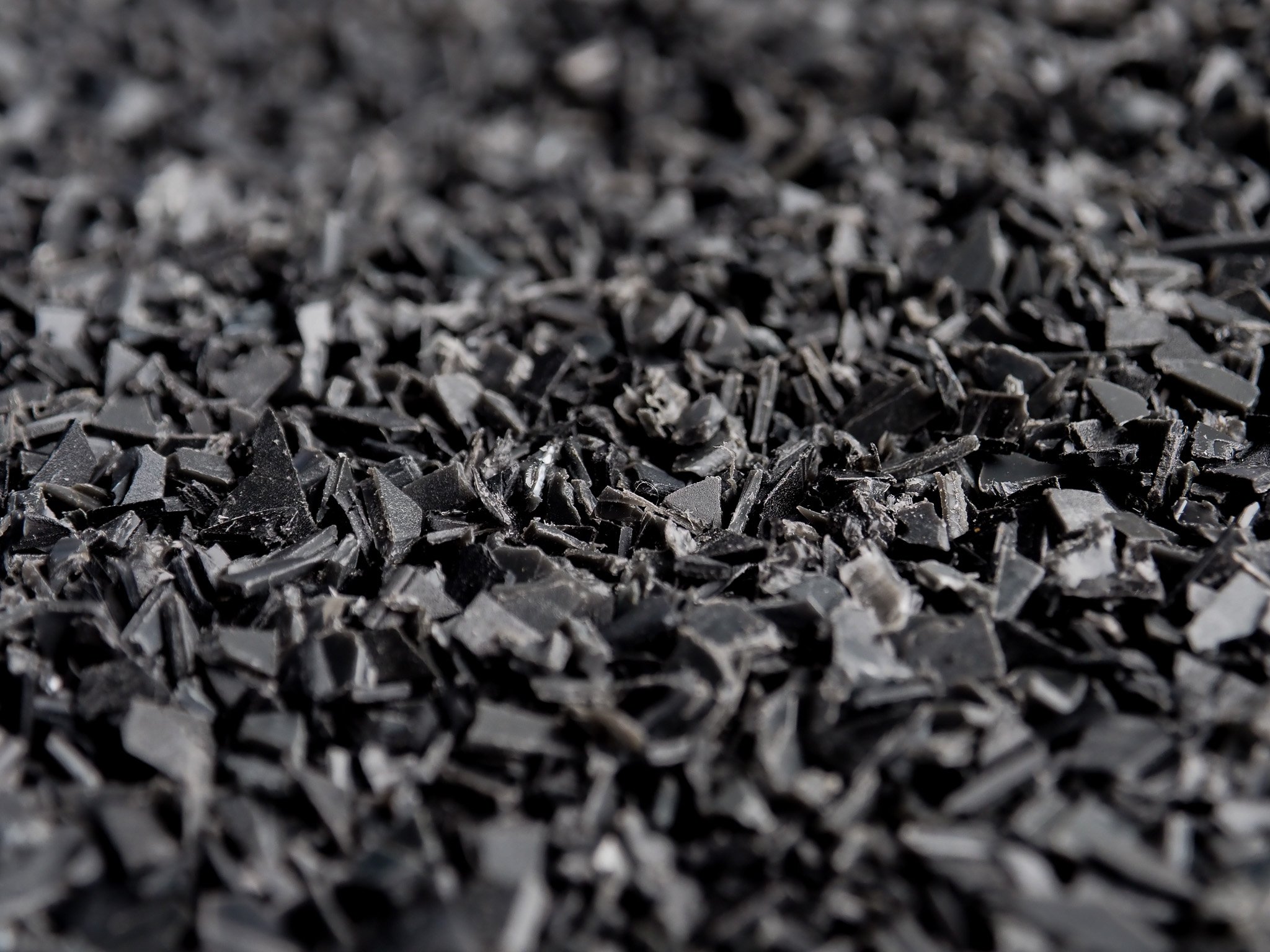Plastics: Identification
A complete guide on how to identify the different types of plastic and why it is important to do so.
Why Do We Need To Identify Different Plastics?
Identifying the different types of plastic before recycling is crucial for several reasons, primarily to ensure the efficiency and effectiveness of the recycling process. Plastics are not a single material but a group of polymers with diverse chemical properties and structures, which determine their suitability for various applications and recycling methods. Mixing different types of plastics can contaminate the recycling stream, leading to lower-quality recycled material that may not be suitable for high-value applications.
NEVER MIX PLASTICS!
Mixing plastics results in downcycling, microplastics in the long term and potentially result in harmful chemicals being released in the recycling process.
How To Identify Different Plastic Types
-

Logo
Most plastic items have a recycling identifier. This number corresponds to the type of plastic.
-

Float Test
Different plastics have different densities so some float and some sink in different liquids.
-

Burn Test
Depending on the plastic the colour of the flame and smoke colour is different when burnt.
-

Break Test
Some plastics are very flexible, some bend, some crack.
-

Smell Test
Different plastics smell different when heated up or burnt.
-

IR Test
Special machines can identify plastics based on IR and other light spectrum information.
Many plastic items don’t have an Resin Code, so a combination of methods is likely needed.
Float Test & Density
Below is a list of densities for common plastics and liquids. If you were to place all these items into a jar and mix them they would eventually settle into this order. With the lowest-density item being at the top of the jar and the highest-density item being at the bottom. The key to this process is identifying one liquid that is above and below each plastic type you are trying to sort.
-
Polypropylene is versatile and resistant to many chemical solvents, acids, and bases, used in containers and automotive parts. Find it in everyday products like food containers and DVD cases.
-
Vegetable oil is used in cooking and frying, sourced from grocery stores. It's also used in biodiesel production. Different oils have slightly different densities but are generally less dense than water.
-
HDPE is hard and resistant to impact, used in milk jugs and detergent bottles. Find it in everyday household products. It's known for its high strength-to-density ratio.
-
Water is essential for life, used everywhere. You can get it from your tap or bottled sources. It's the most common liquid on Earth and crucial for all known forms of life.
-
Polystyrene is lightweight and easily molded, used in disposable cups and insulation. Look for it in craft stores and packaging supplies. It's also used in CD cases.
-
Ethylene Glycol is commonly used as antifreeze in cooling and heating systems. You can find it at automotive stores and chemical suppliers. It's known for its low freezing point and high boiling point, making it ideal for preventing freezing and overheating in engines.
-
Nylon is flexible and strong, used in textiles, carpets, and mechanical parts. Available at fabric stores and industrial suppliers. It was the first commercially successful synthetic thermoplastic polymer.
-
Glycerine is a sweet, thick liquid used in food and cosmetics. You can find it in pharmacies or online. It's used as a moisturizer and sweetener.
-
PVC is tough and resistant to chemicals, often used in plumbing pipes and vinyl flooring. You can find it at hardware stores. It's great for construction projects due to its durability.





